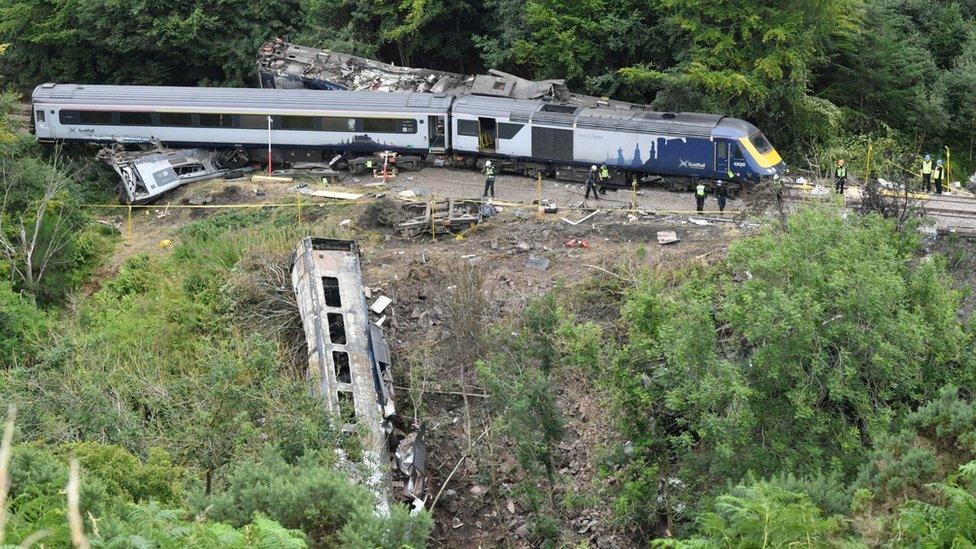Stonehaven derailment: Task forces launched after fatal crash
- Published
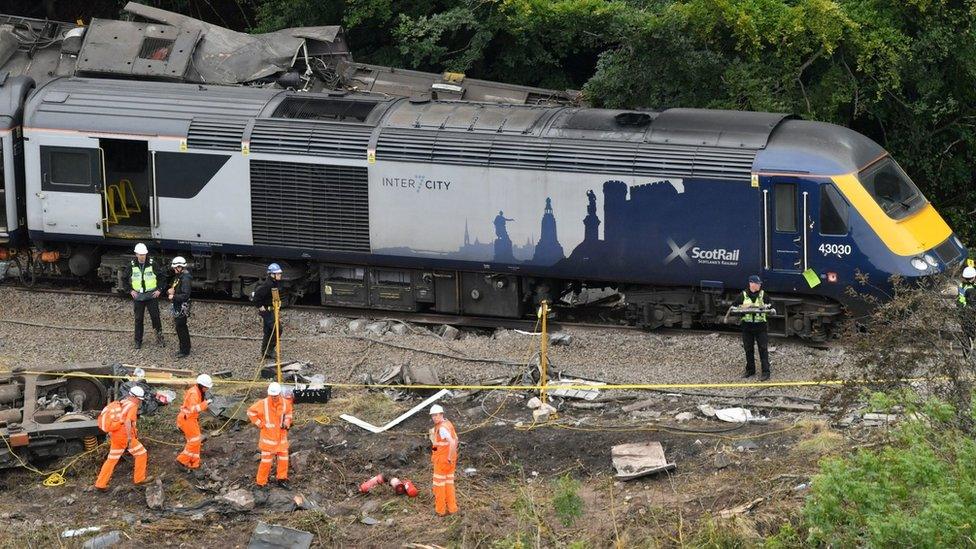
Two independent task forces have been launched in the wake of a train crash in which three men died.
The derailment took place after heavy rain caused a landslide near Stonehaven in Aberdeenshire on 12 August.
Network Rail said the experts had been asked to improve its understanding and response to severe weather, and better manage its earthworks portfolio.
Driver Brett McCullough, conductor Donald Dinnie and passenger Christopher Stuchbury died in the crash.
Six other people were injured.
Dame Julia Slingo, former chief scientist at the Met Office and an expert in climatology, will lead the weather action task force.
Lord Robert Mair, a geotechnical engineer and member of the House of Lords select committee on science and technology, will spearhead the earthworks management task force.
Network Rail chief executive Andrew Haines said the Stonehaven tragedy was "a stark reminder that we must never take running a safe railway for granted".

He said: "With more and more extreme weather and tens of thousands of earthwork assets across Great Britain, our challenge is massive.
"And while we are making record investment in these areas, we have asked world renowned experts, Dame Julia Slingo and Lord Mair, to help us address these issues as effectively as possible, and at pace."
Dame Julia's task force has been set up to help Network Rail understand the risks of rainfall to its infrastructure.
Lord Robert will examine how it can improve the management of its earthworks portfolio, such as cuttings and embankments.
The derailment took place when the 06:38 service from Aberdeen to Glasgow struck a landslip 1.4 miles north-east of Carmont, near Stonehaven.
The Rail Accident Investigation Branch (RAIB) said the train had turned back towards Aberdeen after reports of a separate landslip further down the track.
An RAIB report released last week said there had been thunderstorms in the area, with 52mm (2in) of rain falling within four hours - about 70% of the area's usual total monthly rainfall in August.
It said water flowing from land above the railway had washed some gravel from a drain onto the tracks, along with some larger pieces of rock from the sides of the trench.
- Published22 August 2020
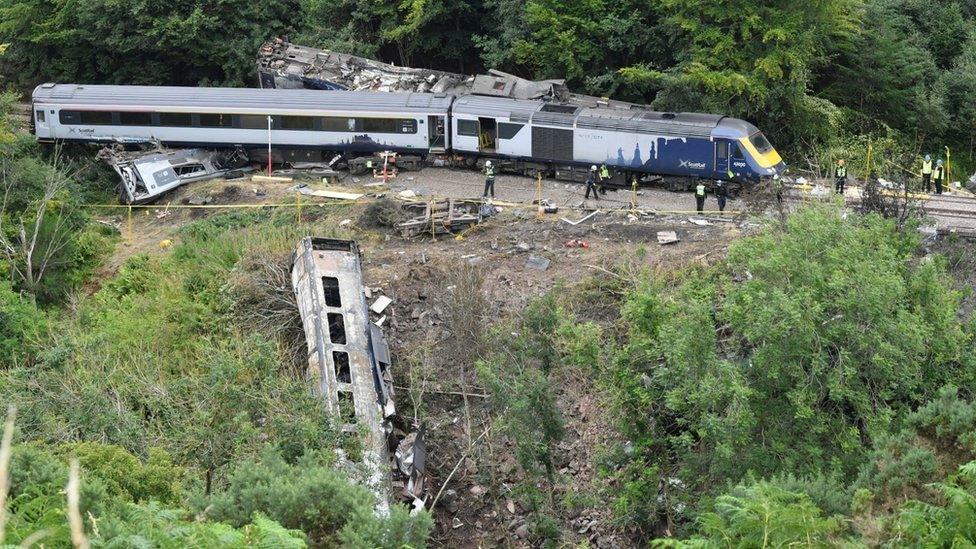
- Published21 August 2020
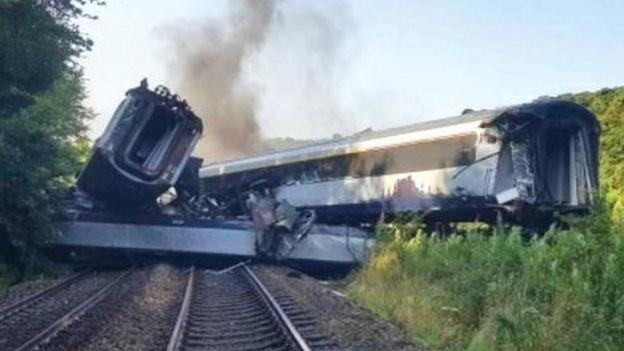
- Published19 August 2020
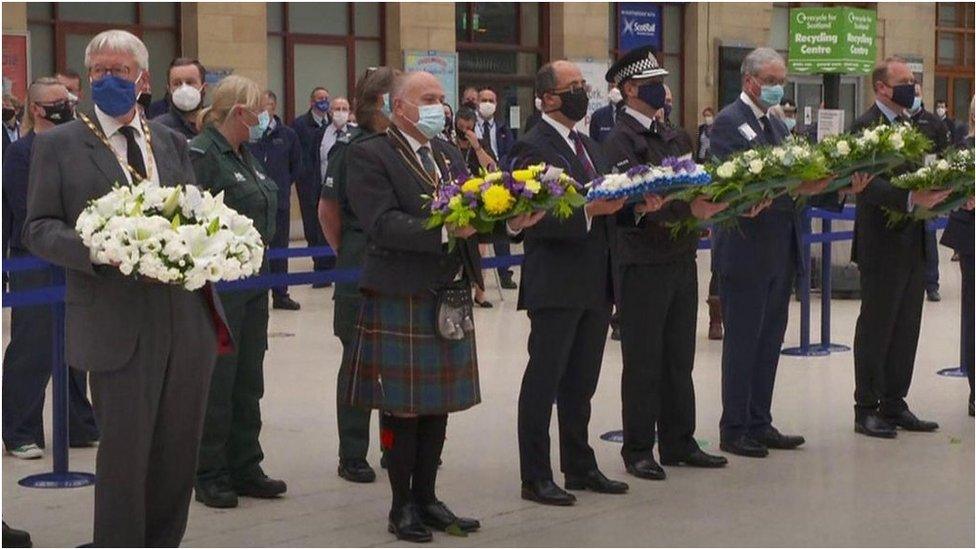
- Published14 August 2020
